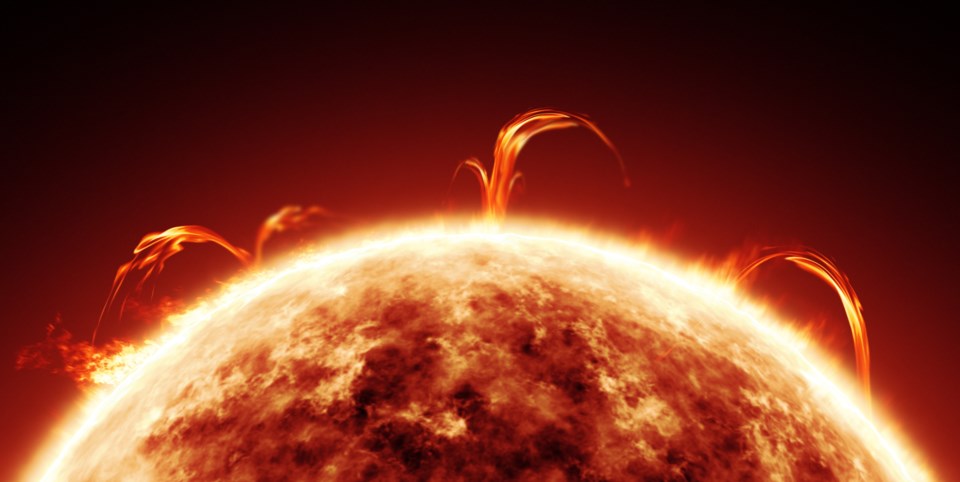Since NASA’s inception in 1958, astronauts have landed on the moon, parked a robot-controlled rover on Mars, and discovered thousands of exoplanets—planets that orbit stars outside of this solar system. Scientists can even explore the 95% of invisible space comprised of dark energy, dark matter, and dark radiation.
The size of the universe is hard to fathom, and it’s expanding even faster than scientists originally thought. While humans will never map out the entirety of space, that doesn’t stop them from exploring it.
Super-Earth
An expolanet with a mass almost three times that of Earth was discovered in 2017 by A. Suárez Mascareño and her team with the HARPS-N spectrograph on the Telescopio Nazionale Galileo off the coast of Spain. This "super-Earth" is located 21 light-years away and orbits its M dwarf star in only two weeks. Scientists have their eyes set on these common planet types as a possibility for life.

NASA
Ice volcanoes
NASA's Dawn mission in 2015 found a single volcano-esque mountain near the equator of the dwarf planet Ceres. NASA reported that the mountain, named Ahuna Mons, likely formed as a cryovolcano that releases frigid, salty water sometimes mixed with mud instead of molten rock, like an Earth volcano.
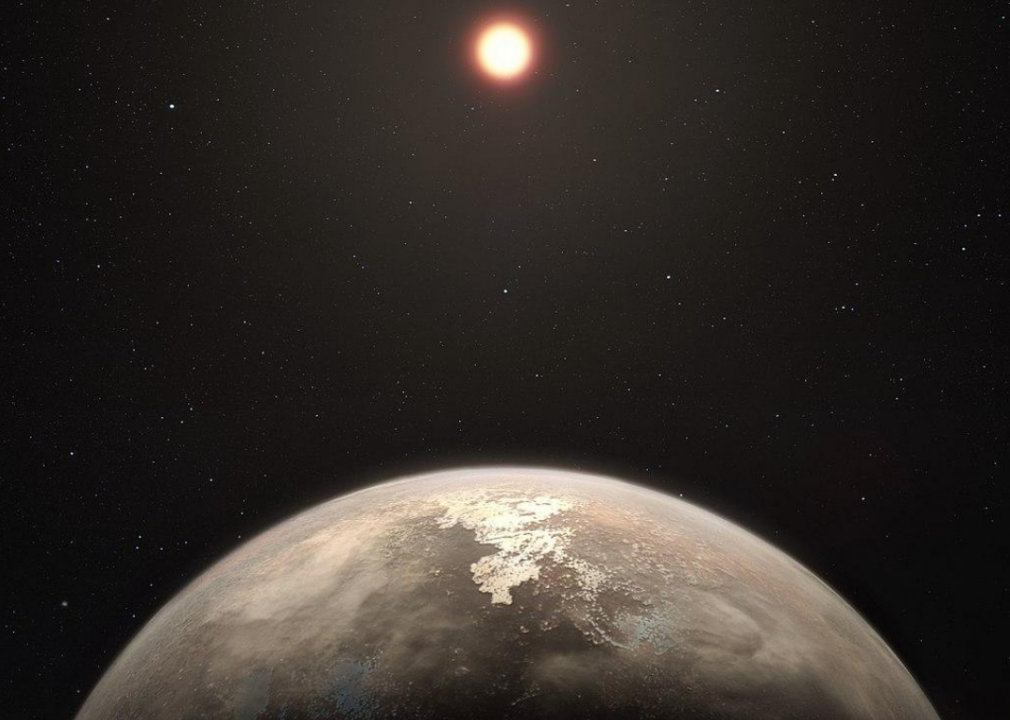
ESO/M. Kornmesser // Wikimedia Commons
Potentially habitable planet
In 2017, an exoplanet about the size of Earth, Ross 128b, was discovered by Xavier Bonfils of the Institute of Planetology and Astrophysics of Grenoble and the University of Grenoble Alpes in France. This could be the closest planet to our solar system that is potentially habitable.
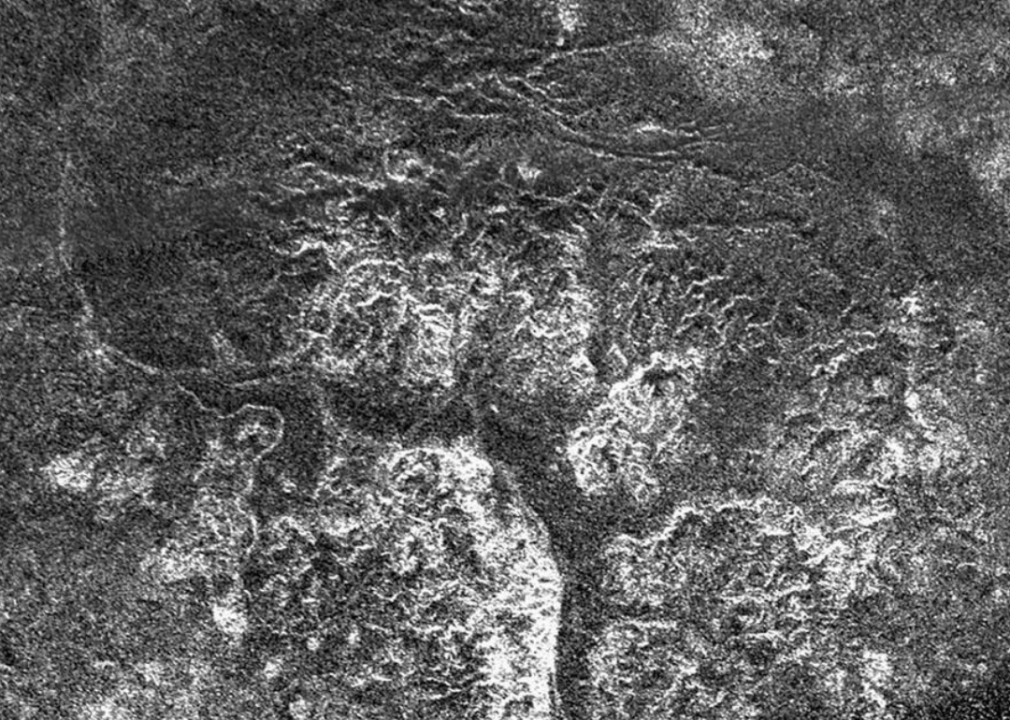
NASA
Liquid-filled canyons on Titan
In 2013, NASA's Cassini spacecraft found deep canyons about a half-mile wide on Saturn's moon Titan. These Grand Canyon-like formations are filled with liquid hydrocarbon. This was the first time researchers found evidence of both liquid-filled channels and canyons on Titan.
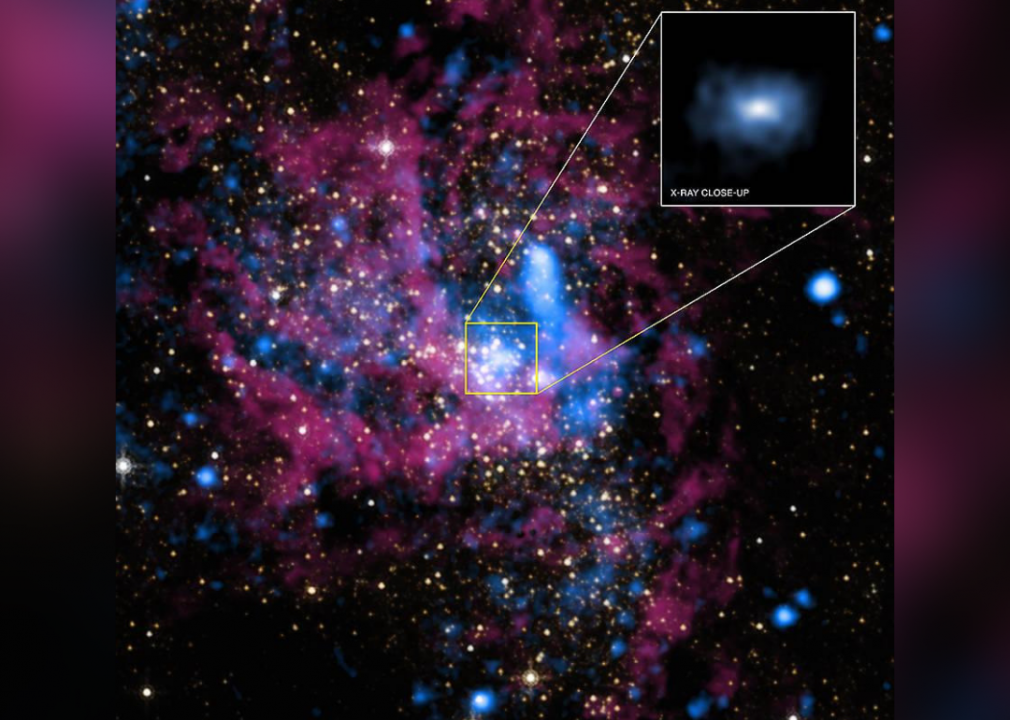
NASA
Ultramassive black holes
Black holes are invisible parts of space created when a star dies. Their gravitational pull is so strong, they engulf both matter and light. NASA’s Chandra X-ray telescope recently found “ultramassive” black holes that are 10 times larger than originally thought and are growing faster than the stars in their respective galaxies. The findings came from astrophysicists at the University of Montreal and the Institute of Space Sciences in Spain, who looked at 72 galaxies that all had supermassive black holes in their center—which most galaxies have.
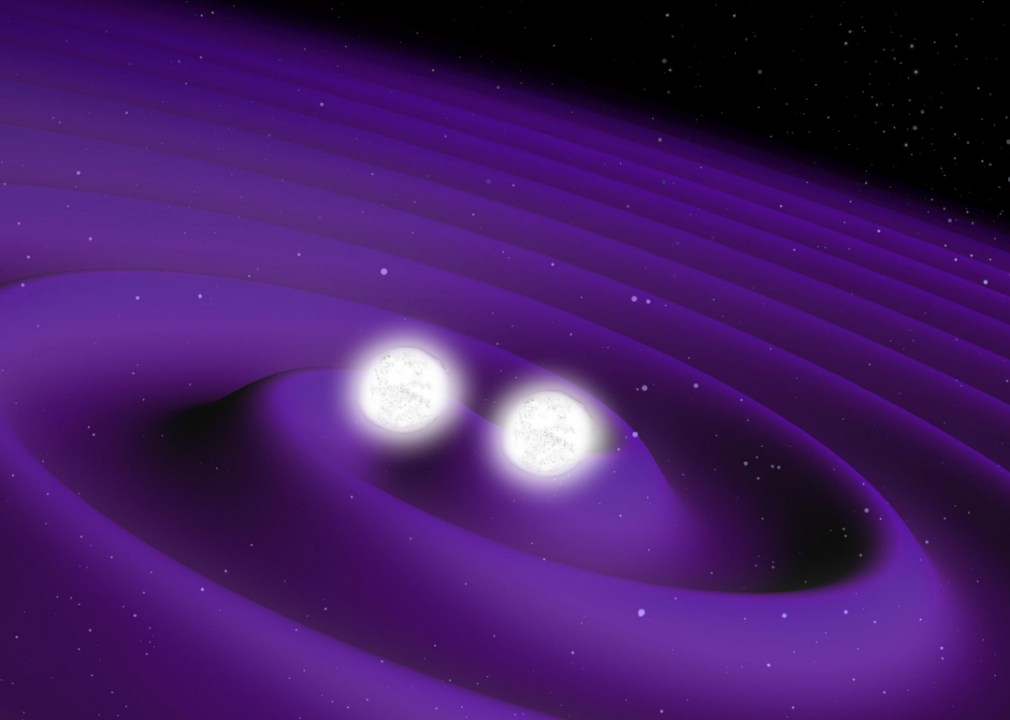
European Space Agency
Collision of neutron stars
Scientists captured two neutron stars crashing into each other in 2017. When a star runs out of energy, it collapses into itself, resulting in either a neutron star or a black hole. The discovery revealed that these high-powered impacts not only produce gravitational waves that cause a ripple in space-time, but they result in heavy elements such as gold and platinum.
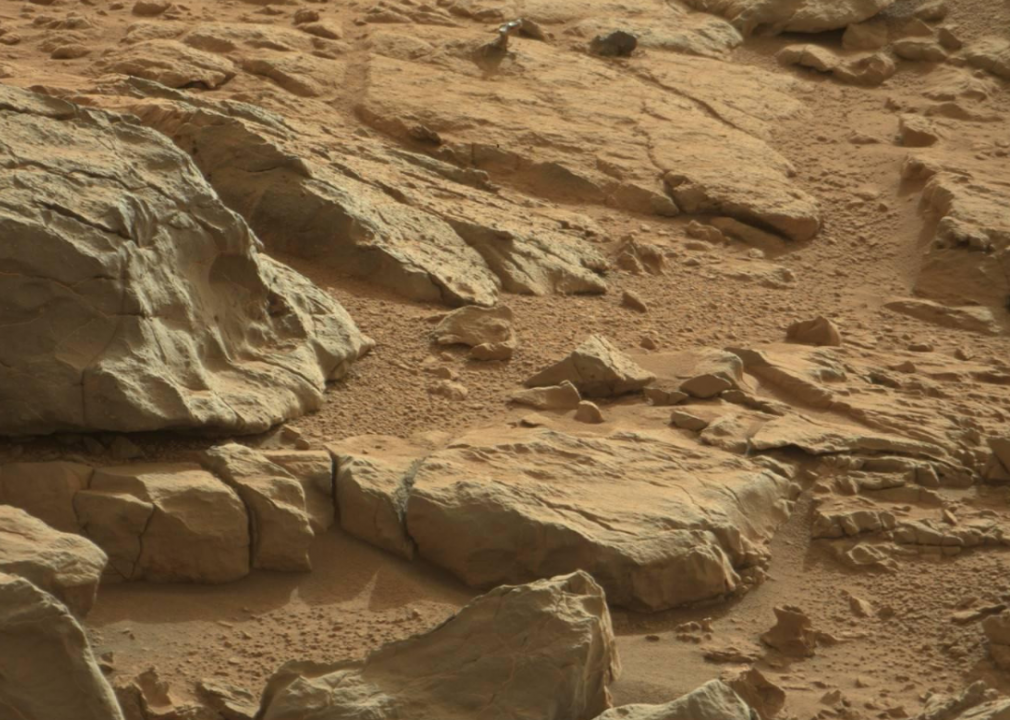
NASA
Tsunamis on Mars
NASA-funded research released in 2016 showed that shorelines located below the surface of Mars were created by two mega-tsunami events. The findings support the theory that the red planet once had an ocean underneath its desert surface.
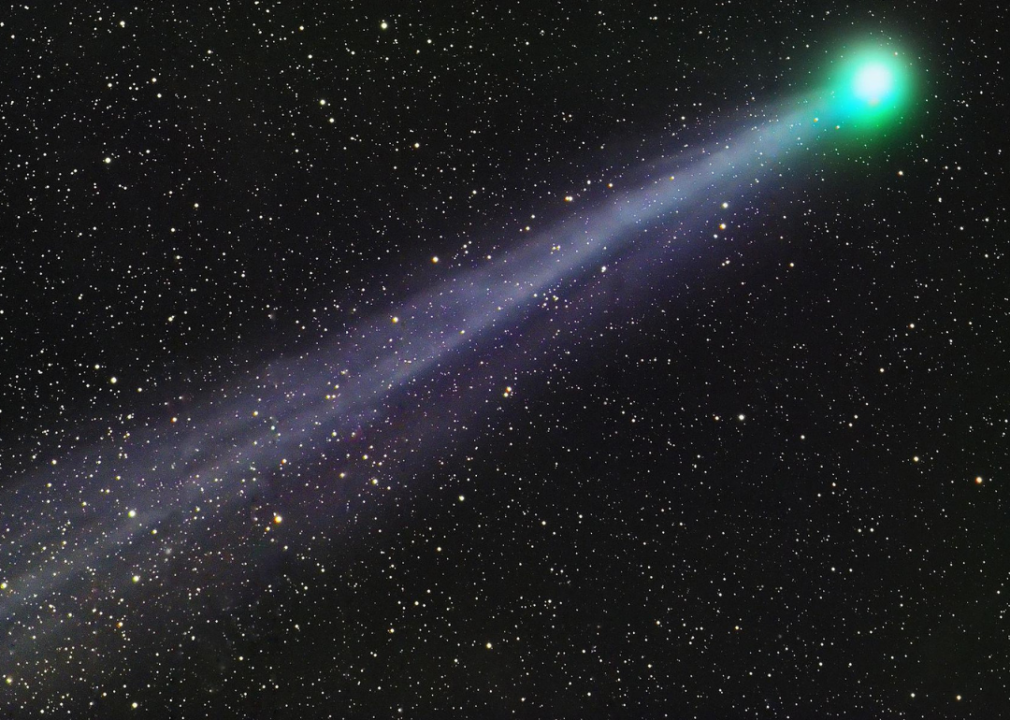
John Vermette // Wikimedia Commons
Alcohol-spewing comet
In 2015, a team of scientists led by Nicolas Biver of the Paris Observatory in France reported that Comet Lovejoy left a trail of ethyl alcohol, the same thing found in booze. The team found evidence of 21 organic molecules, including a type of sugar. Finding organic materials in comets supports the theory that these celestial objects could have contained life-creating elements.
Planet-building clumps
In 2018, planetary scientists reported that they had found evidence for “pebble accretion,” the theory that golf ball-sized clumps of space dust accumulated to create tiny planets called planetesimals during the early stages of planetary formation. Results were published from a team of scientists at the Astromaterials Research and Exploration Science Division at NASA’s Johnson Space Center in Houston and NASA’s Ames Research Center in Mountain View, California.
Cosmic microwave background
The Big Bang theory holds the universe rapidly exploded into being 13.8 billion years ago. The cosmic microwave background (CMB), which dates back to about 400,000 years after the Big Bang, shows the heat left behind. Although the radiation is too cold for humans to see, it is visible on the microwave part of the electromagnetic spectrum. The CMB was found in 1965 by researchers at the Bell Telephone Laboratories, but in 2013, scientists used the European Space Agency’s Planck satellite to measure radiation to get the best picture possible of the birth of the universe.
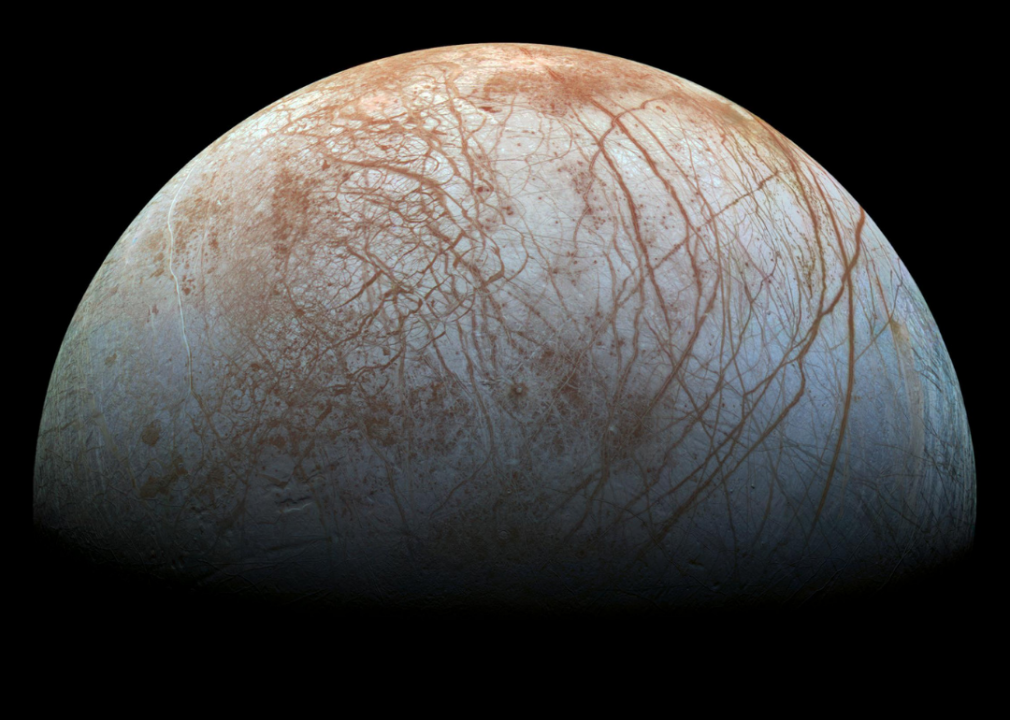
NASA
Possibility of life on Jupiter's moon
In a study released in 2017, researchers reported evidence of shifting tectonic plates on Jupiter’s icy moon Europa, which has a balance of hydrogen and oxygen similar to Earth. These findings support the possibility that Europa could be hospitable to life. The ocean is frozen 10 miles deep, but future missions might try to discover if the body of water is warm enough beneath the surface to support life.
Star-sucking black holes
In 2015, the Assn-15lh tidal disruption event, captured by the All Sky Automated Survey for Supernovae, emitted light that was 20 times brighter than the entire output of the Milky Way. A team of scientists, led by Giorgos Leloudas from the Weizmann Institute of Science in Israel, published a paper in 2016 explaining the explosion wasn’t a supernova, as originally thought, but a dying star that was pulled in by a supermassive spinning black hole. These findings show that, unlike stationary black holes that can only affect stars within their event horizon, spinning black holes can pull in outside celestial bodies.
Sun twins
A study published in 2017 by researchers with the University of California and Smithsonian Astrophysical Observatory reported that almost all sun-like stars are created with a counterpart, including the one in this solar system. The sun’s theoretical sibling, known as Nemesis, most likely drifted away millions of years ago.
Ice deposits on Mars
In 2016, an ice layer bigger than New Mexico was discovered on Mars. The layer, which sits somewhere under 3 to 33 feet of soil, is thought to be an accessible spot for future exploration. The researchers who made the discovery were led by Cassie Stuurman of the Institute for Geophysics at the University of Texas.
Small stars
A star only slightly larger than Saturn was identified in 2017 by researchers at the University of Cambridge in England. This star, with the catchy name EBLM J0555-57Ab, is the smallest ever discovered and is colder than many other exoplanets.
The synestia theory
About 4.5 billion years ago, Earth may have been a "synestia," a short-lived hot mass that can be donut-shaped, according to a 2017 study in the Journal of Geophysical Research: Planets. Scientists believe these celestial objects are formed after two planet-sized bodies collide, which may be how the moon was formed.
Water on the moon
NASA discovered water on the sunlit surface of the moon, adding intriguing new information to the mystery of the lunar surface. Scientists found definitive evidence of ice on the moon’s north and south poles in 2018, but the new findings confirm the presence of water molecules—the same H2O we're familiar with on Earth. The discovery was made with NASA’s Stratospheric Observatory for Infrared Astronomy (SOFIA), a modified Boeing 747SP jetliner with a powerful telescope that picked up the wavelength of water molecules in the moon's Clavius Crater.
Supermassive black hole
In 2018, researchers at Australian National University released data on a massive, quickly growing black hole. It is thought to be more than 12 billion years old, larger than 20 billion suns, and growing at a rate previously deemed impossible. The discovery could give more insight into the Big Bang.
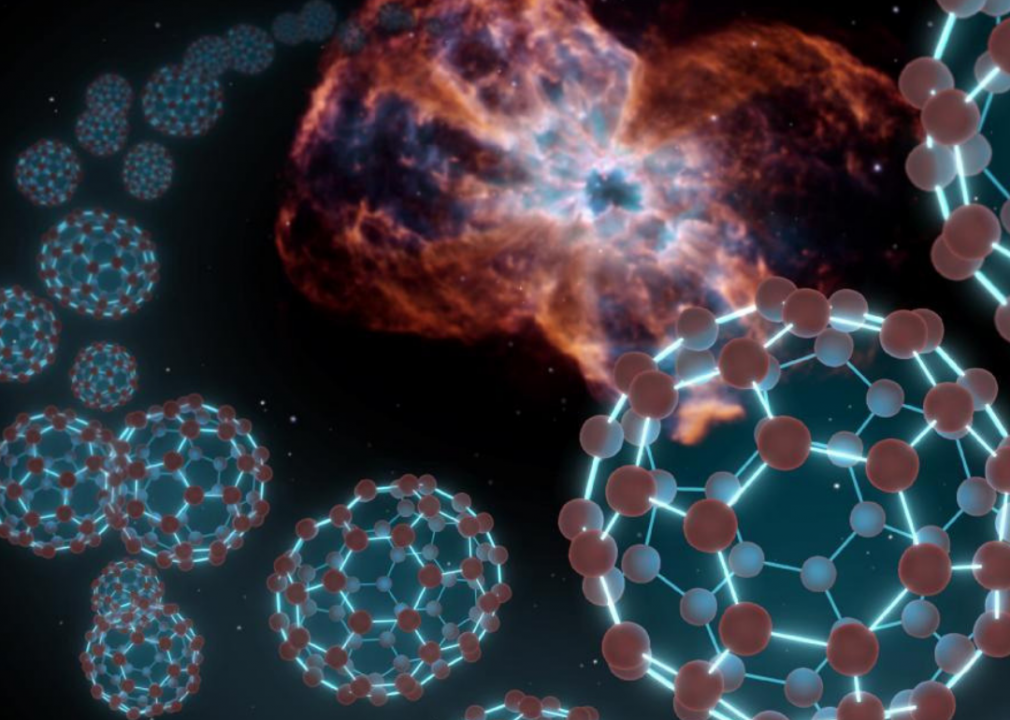
NASA
Buckyballs
These spherical, hollow carbon molecules are thought to be the basis of the bands of light in the Milky Way. They get their name from 1930s architect Buckminster Fuller. The buckyballs could also be sources of organic molecules that are the key to how life got started, scientists told Space.com.
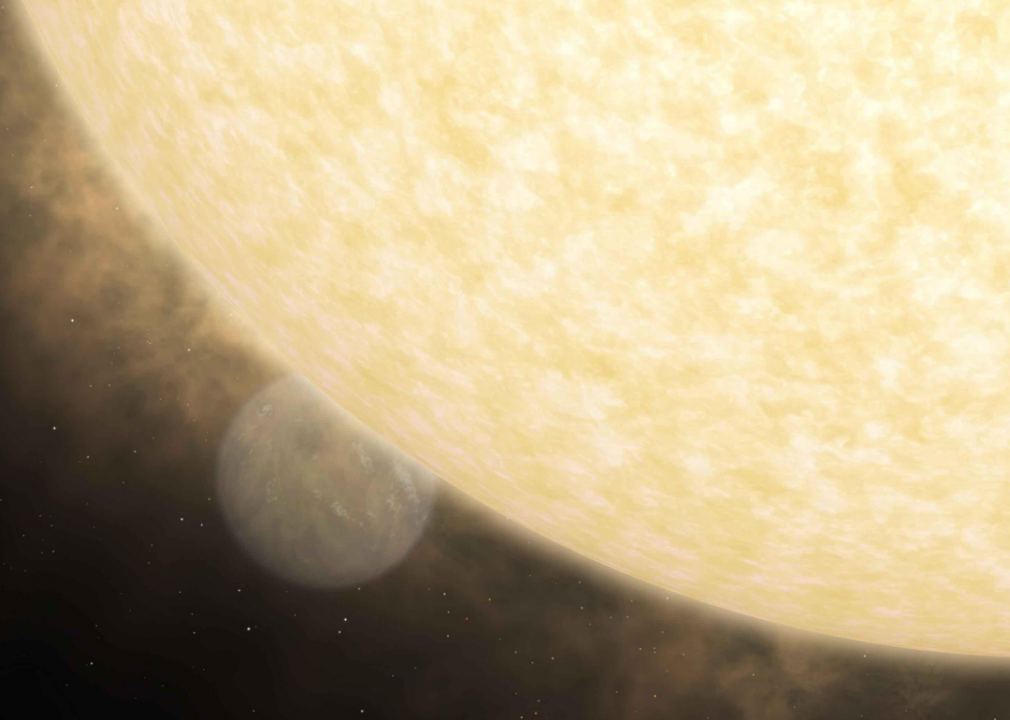
NASA
Fiery exoplanet
Kepler 78b, which was discovered by Massachusetts Institute of Technology researchers using the Kepler Telescope in 2013, circles its star once every 8.5 hours. The planet could be covered in molten rock because it is about 40 times closer to its star than Mercury is to the sun. How the planet was formed so close to its star is a mystery.
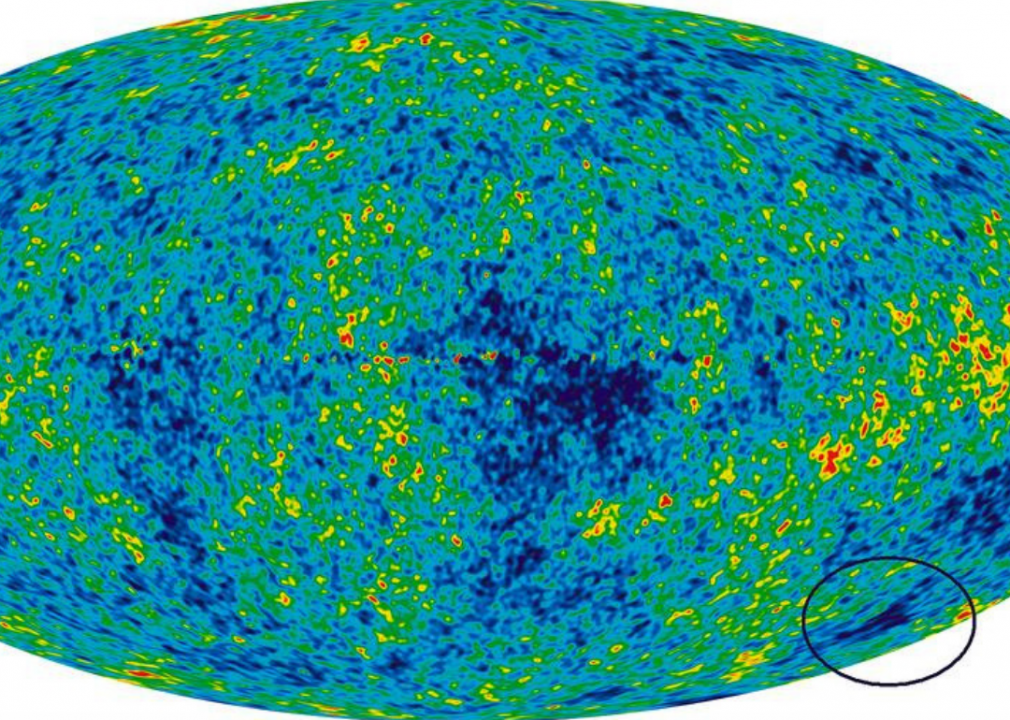
NASA Blueshift // Flickr
Cold spot in the universe
The Royal Astronomical Society analyzed a cold spot in the universe, which can be seen in the radiation left by the Big Bang. The spot was discovered by NASA’s WMAP satellite in 2004 and confirmed by ESA’s Planck Mission in 2013. The cool area is interesting because it could be evidence of the multiverse, the theory that there is an infinite number of universes on different planes.
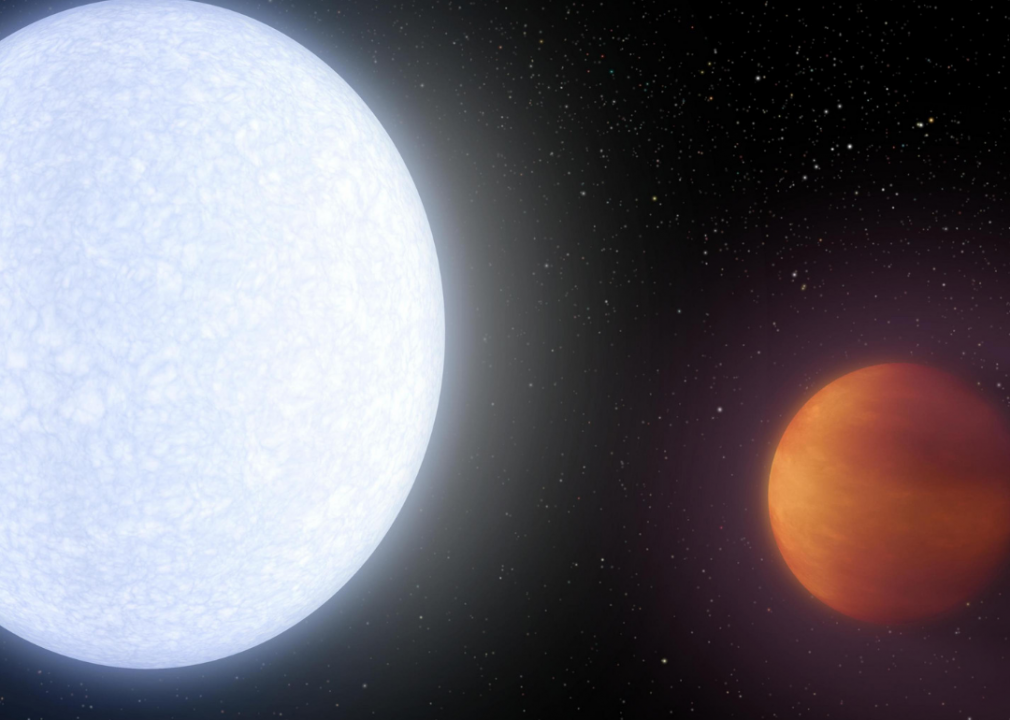
NASA
Iron and titanium outside the solar system
In 2018, astronomers discovered iron and titanium in a planet outside the solar system for the first time. KELT-9b, which was first discovered by a team led by astronomer Scott Gaudi of Ohio State University, is the hottest exoplanet yet to be discovered.
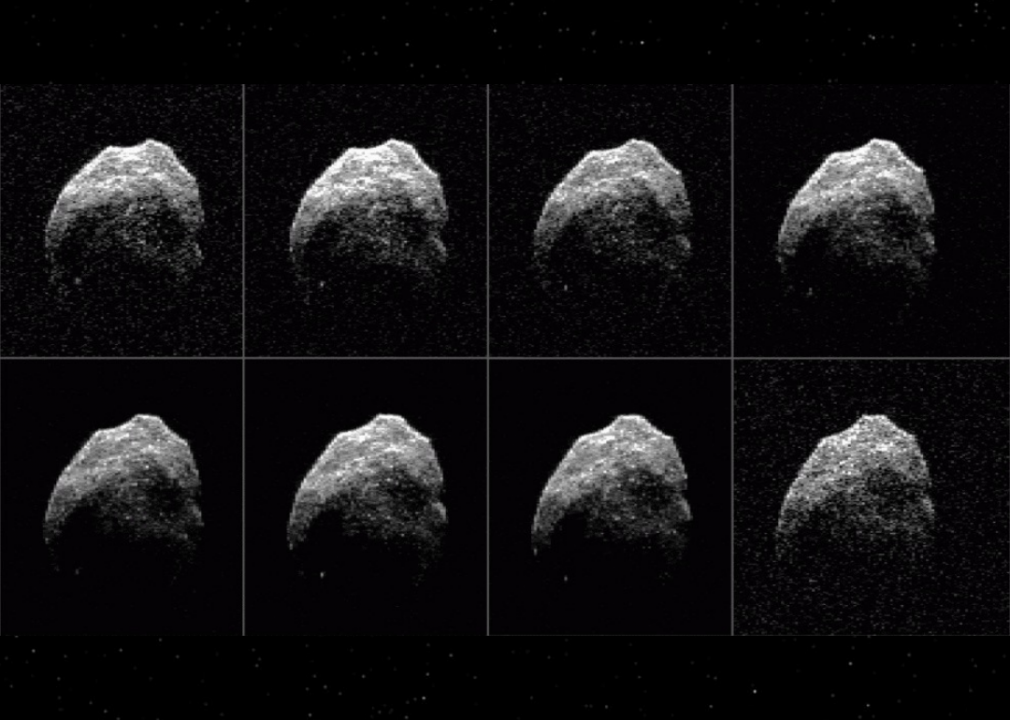
NASA/JPL-Caltech/GSSR/NRAO/AUI/NSF // Wikimedia Commons
Halloween meteor
On Oct. 31, 2015, a dead comet with an eerie likeness to a skull narrowly passed by Earth at a distance of 300,000 miles. It was observed on radar maps by the Arecibo Observatory in Puerto Rico. This cosmic body, named 2015 TB145, returned in November 2018, just missing a Halloween appearance.
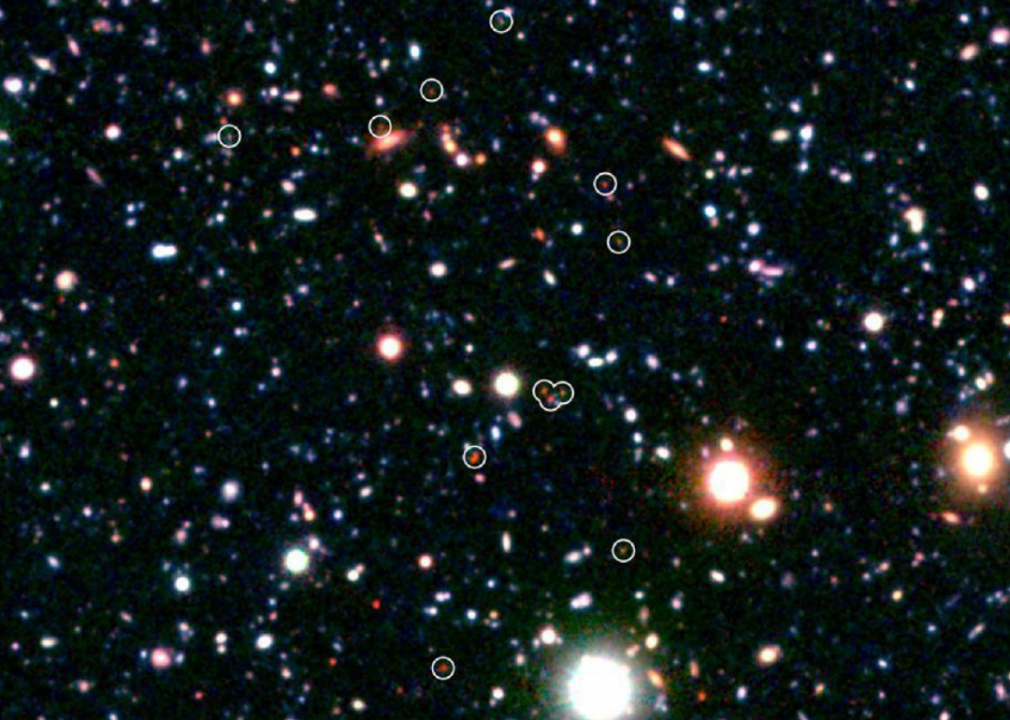
NASA
Monster galaxy
A team of international scientists mapped out a quickly growing, poorly understood galaxy named COSMOS-AzTEC-1 to find out how it creates stars at a rate 1,000 times faster than the Milky Way. The team, led by Dr. Ken-ichi Tadaki from the National Astronomical Observatory of Japan, used the Atacama Large Millimeter/submillimeter Array telescope in Chile to get a better understanding of the galaxy, which has a gravitationally unstable gas disk responsible for the high rate of star formation. The findings, published in 2018, will help future researchers get a better understanding of how galaxies form.
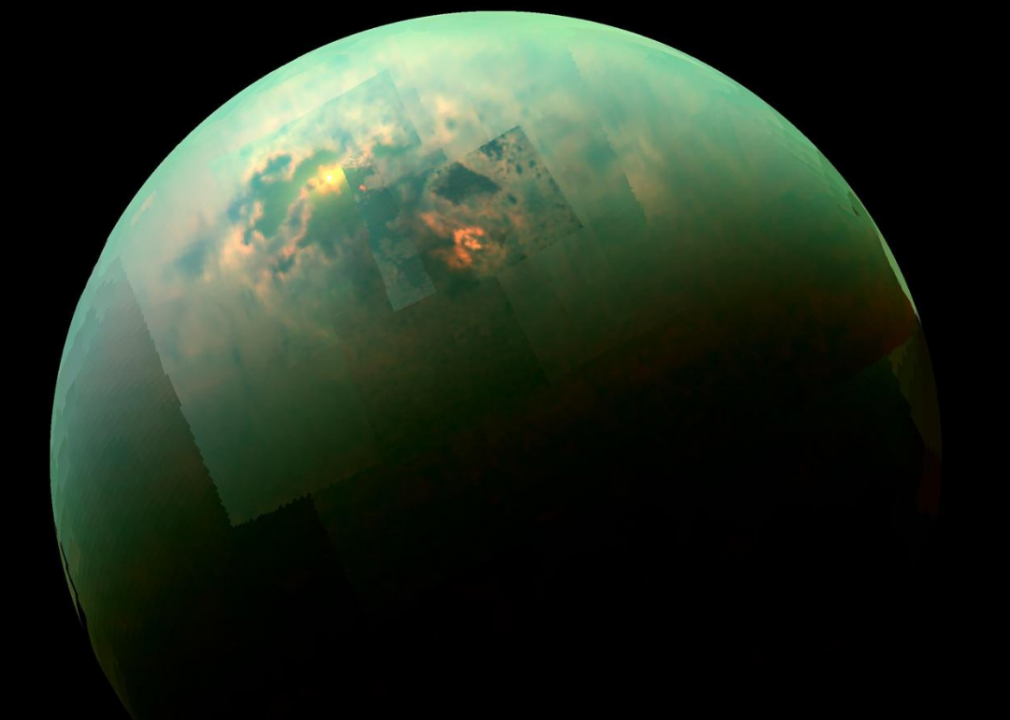
NASA
Oil and gas on Saturn’s moon
In 2017, NASA's Cassini spacecraft found evidence that Titan, Saturn’s largest moon, has a lot of methane, ethane, and other organic material formed by carbon-containing compounds on its surface. The findings suggest the number of liquid hydrocarbons in one energy-rich lake is more than all of Earth's oil and gas reserves combined.
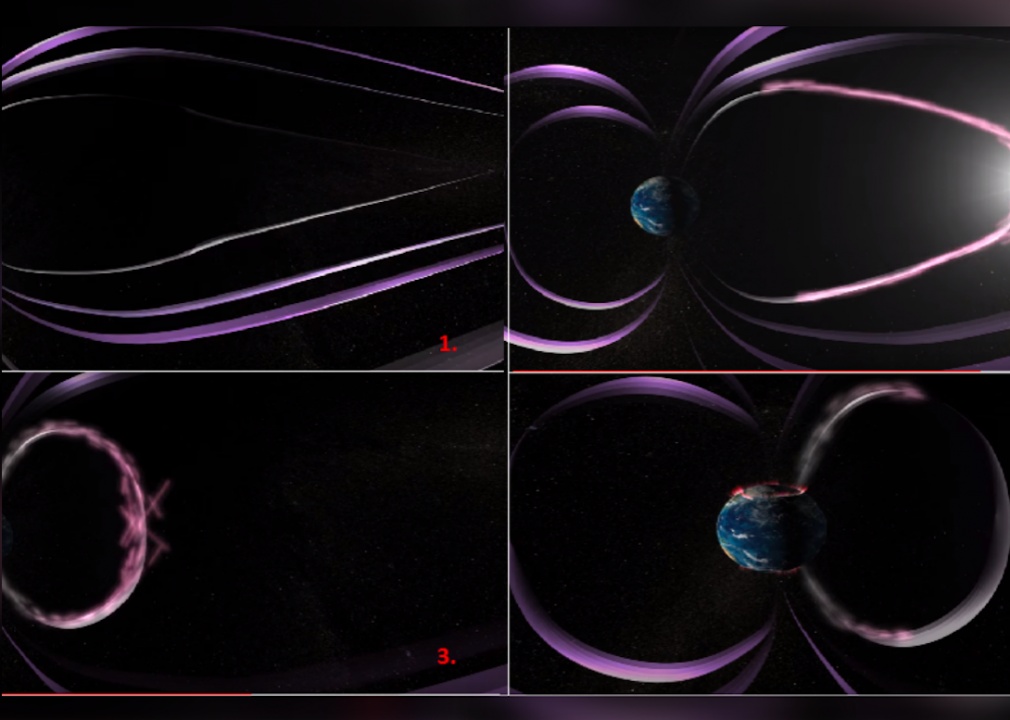
NASA
Magnetic turbulence in space
Scientists working with NASA’s Magnetospheric Multiscale spacecraft discovered a new magnetic event close to Earth. A process known as magnetic reconnection—which happens wherever charged gases called plasma are present—occurred in a turbulent region of the Earth’s outer atmosphere known as the magnetosheath. Scientists can use these findings to see how the magnetic event might affect Earth’s atmosphere, along with the astronauts, satellites, and signals that travel through space.
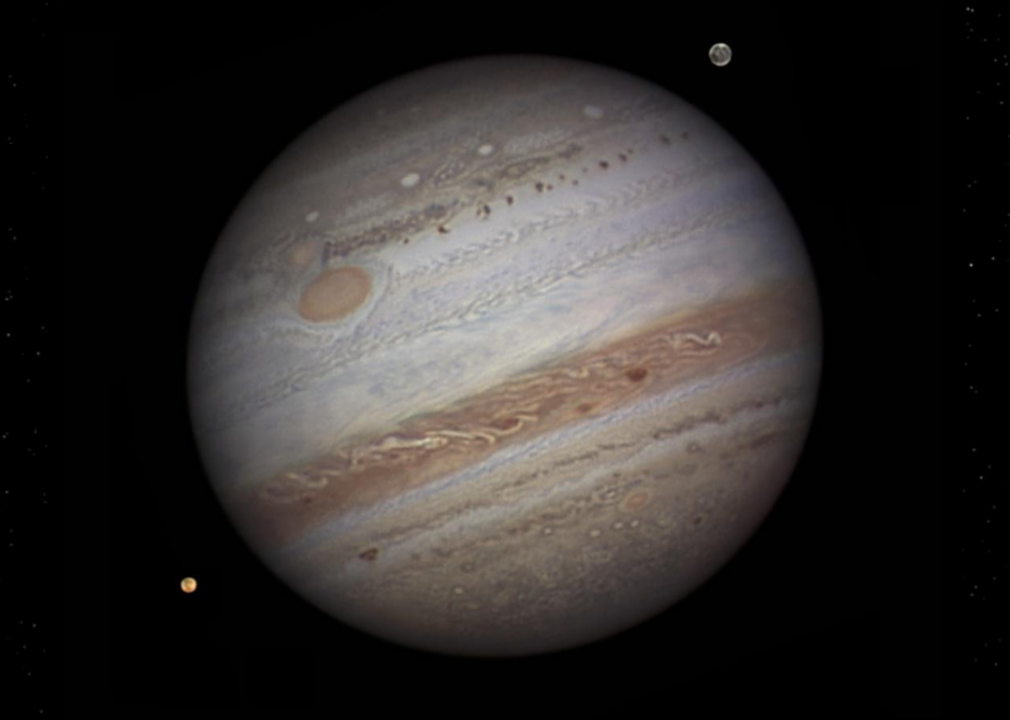
NASA
79 moons around Jupiter
In 2017, Scott Sheppard of the Carnegie Institution for Science was on the hunt for a giant planet, but when he and his team used the Victor Blanco Telescope in Chile to peek around Jupiter, they found 12 new moons. That brings the giant planet’s total to 79 moons.
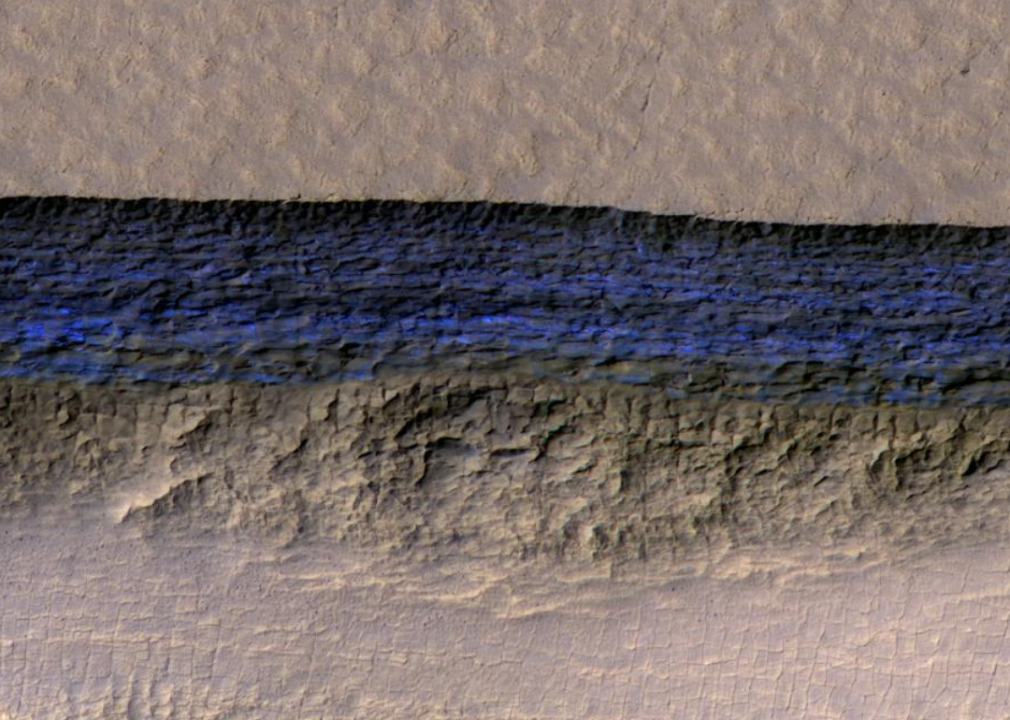
NASA
Ice cliffs on Mars
Ice cliffs were discovered on Mars by a team led by Colin Dundas from the Astrogeology Science Center in Flagstaff, Arizona. The findings were published in 2018. Since then, NASA has taken images of the ice cliffs, and now that around one-third of Mars is covered in ice, just below the planet’s surface.
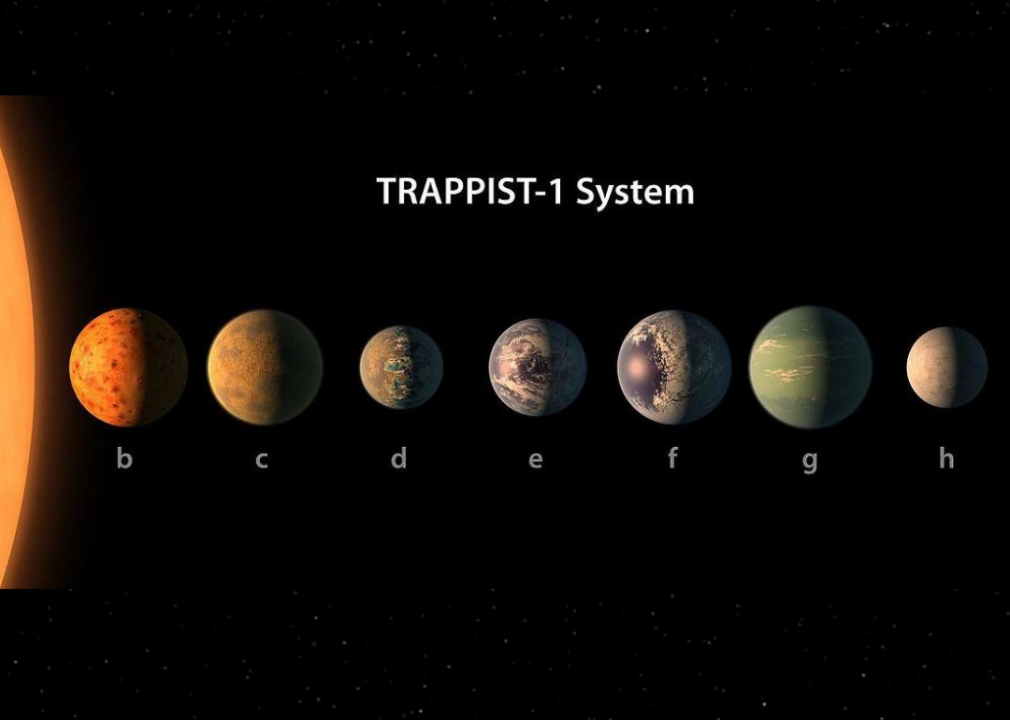
NASA/JPL-Caltech // Wikimedia Commons
7 Earth-size planets
In 2017, scientists discovered seven Earth-size planets orbiting TRAPPIST-1, a sun only 39 light-years away. Michael Gillon of the University of Liege in Belgium led the research team that studied the star using the TRAnsiting Planets and PlanetesImals Small Telescope (TRAPPIST) at the La Silla Observatory in Chile.
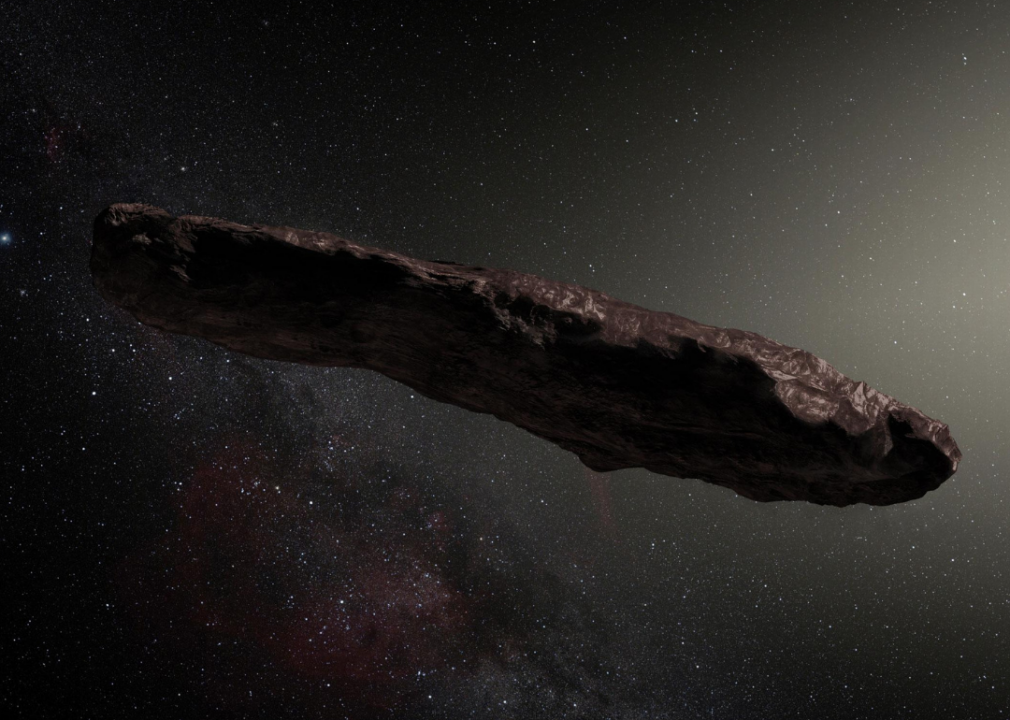
ESO/M. Kornmesser // Wikimedia Commons
First interstellar object in solar system
Researchers spotted the first interstellar object in the galaxy—nicknamed Oumuamua—with the Pan-STARRS 1 telescope in Hawaii. The rotating object was at least the size of a football field, lead researcher Karen Meech, of the University of Hawaii's Institute of Astronomy, told CNN.
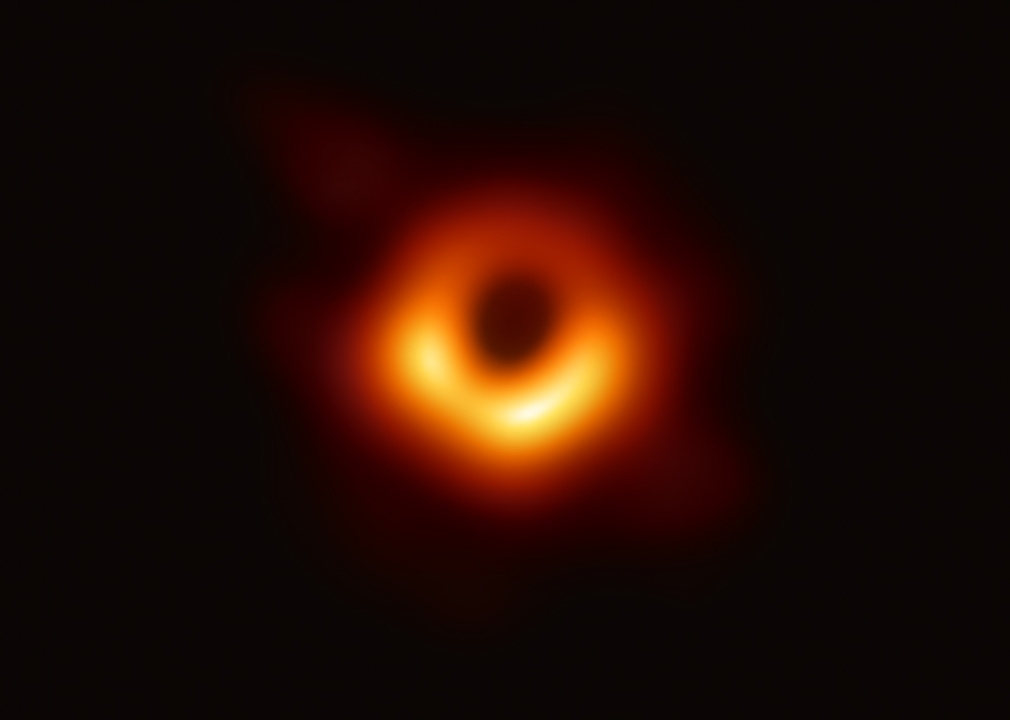
NASA Goddard Space Flight Center // Flickr
First photograph of a black hole
The first piece of direct visual evidence of a black hole was shared with the world on April 10, 2019. Until this point, many believed black holes were “unseeable.” A team of more than 200 researchers created a virtual Earth-sized telescope by coordinating a global network of telescopes to capture the picture of a supermassive black hole at the center of the Messier 87 (also known as M87) galaxy, which is more than 55 million light-years away from Earth. Katie Bouman, then a 29-year-old computer scientist, is credited for leading the creation of the algorithm that made this technology possible.
